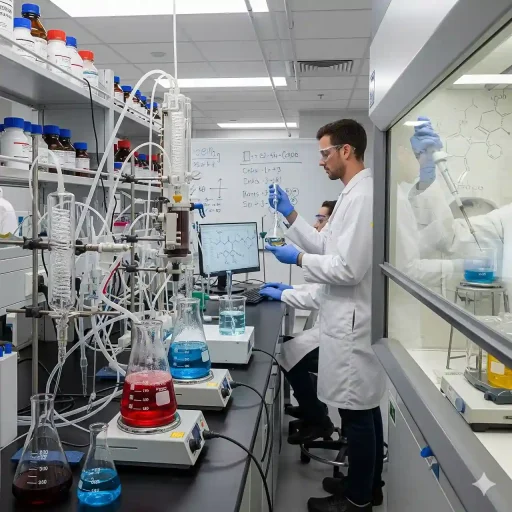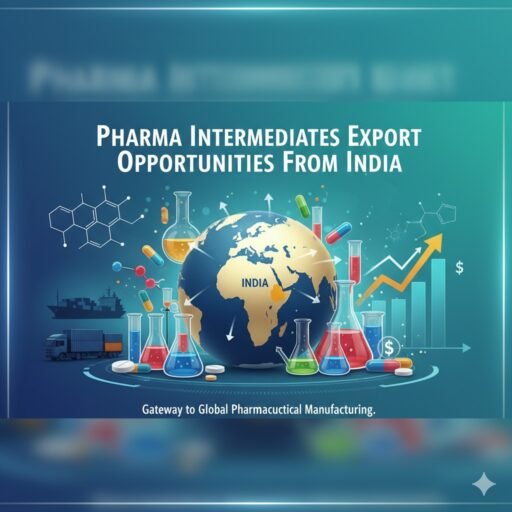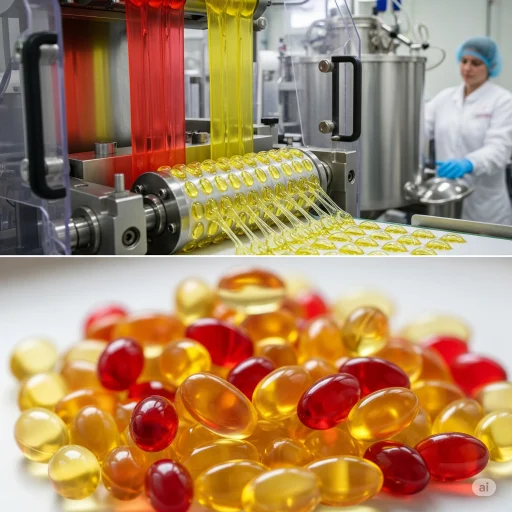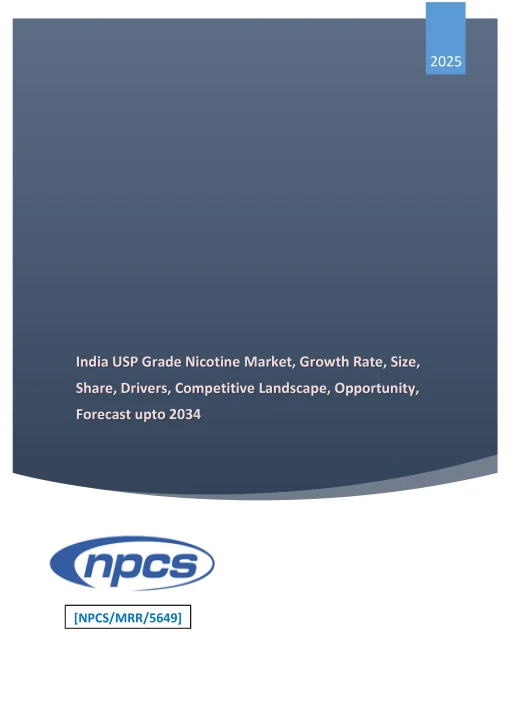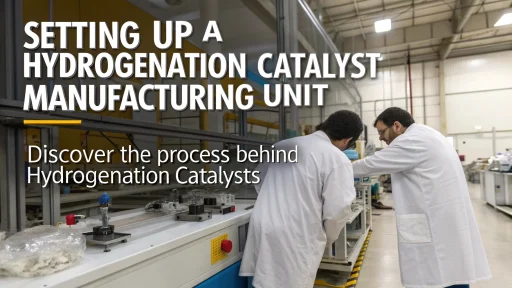The production of medium products for drugs that maintain life is undoubtedly the beginning of the last swivel point of life and the death of pharmaceutical intermediates.
Pharmaceutical intermediates are never the possibility to develop drugs because the presence of intermediates helps manufacturers to develop safe pharmacies in a very effective way under controlled conditions.
Given the demand for larger markets around the world, the accuracy is more advanced without endangered the highest standards.
What are intermediates?
Chemists will either synthesize or isolate intermediates through fermentation to create active pharmaceutical components (API). These medium products are essential for preparing drugs against various diseases such as infectious diseases, cancer and cardiovascular conditions, as well as contribute to the preparation of antibiotics such as penicillins, antivirology, etc.
Medicine intermediates are prepared or synthesized chemicals at the beginning of the drug development process, which places them much closer to the final form of the drug than the default materials.
The intermediates are cleaned up to the maximum range and tolerate quality standards, while anything unclean can cause the drug quality to deteriorate, causing less effective and sometimes toxic dangerous.
Read Our Book: Click Here
The role of medium medicines in the production of medicinal products
Medicine intermediates play an essential role in the production of medicinal products for modern drugs. It is therefore the right condition that such substances allow more incremental formation of complex entities than masking pathways, a product of nausea synthesis.
Such a synthesis turn increases the uniformity of reactions that are much controllable at the end of the drug. On the other hand, medium production is supported and therefore a reduction in the costs of meeting world health requirements.
Regular production of these active pharmaceutical components provides pharmaceutical companies the opportunity to adapt these compounds to solve many several drugs – saving a lot of time and capital needed to reduce people’s suffering.
Read More: Empowering India’s Growth Through Pharmaceutical Intermediates & API Production
Different types of pharmaceutical intermediates
Several pharmaceutical intermediates are related to a specific area of therapy.
- Medicinal products: intermediates that are essential during API production, such as antibiotics or analgesics.
- Chiral Compias: IntermDiates, which are developed for drug manufacturers, specifically for orientation specific to efficiency and safety.
- Custom intermediates: The design and development of these intermediates is on specific needs that occur during the development of the drug.
- Generic intermediates of drugs: in production drugs are necessary general intermediates of drugs, almost the same as branded medicine in the chemical composition, but are sold under the general name.
Each of the above types comes with more specific rules necessary for use in the pharmaceutical industry in satisfying further iteration of needs on the market. in the pharmaceutical industry in satisfying another iteration of market needs.
PharminterMediate processing process
The production of pharmaceutical intermediates has different steps whose implementation is essentially very sensitive to risk if any technology is omitted.
Then all raw materials are in a row that are further treated with chemical or fermentation. After treatment of the mixture to get rid of undesirable waste, the operator should look forward to the share to all steps to ensure that all checks are introduced.
In some cases, the production of international products would actually mean the involvement of microorganism, then a small chemical transformation would create a high product. Alternatively, manufacturers could synthetically prepare them for a number of procedures laid in specific chemical reactions with significant steps in the right direction.
Most laboratories now have a twig of inland inland technology and high -level automation to improve safety, productivity and accuracy during the production of pharmaceutical intermediates.
Read More: Top 10 Pharmaceutical Intermediates with High Export Potential for MSMEs
Tools and equipment
The production of modern pharmaceutical intermediates uses condition and technology – art. Chemical synthesis is used centrifuges, filter units and reactors.
The introduction of medium products occurs in highly effective chromatographic devices. This ensures that the pharmaceutical quality of these intermediates is maintained during their production through HPLC (high -performance liquid chromatography) or other spectroscopic methods that are supported by several other quality provision tests.
Automatic controlled systems have been introduced in a number of online monitoring companies whenever they are under temperature, pressure and response timing. Finally, the settings would increase reproducibility and minimize waste and production.
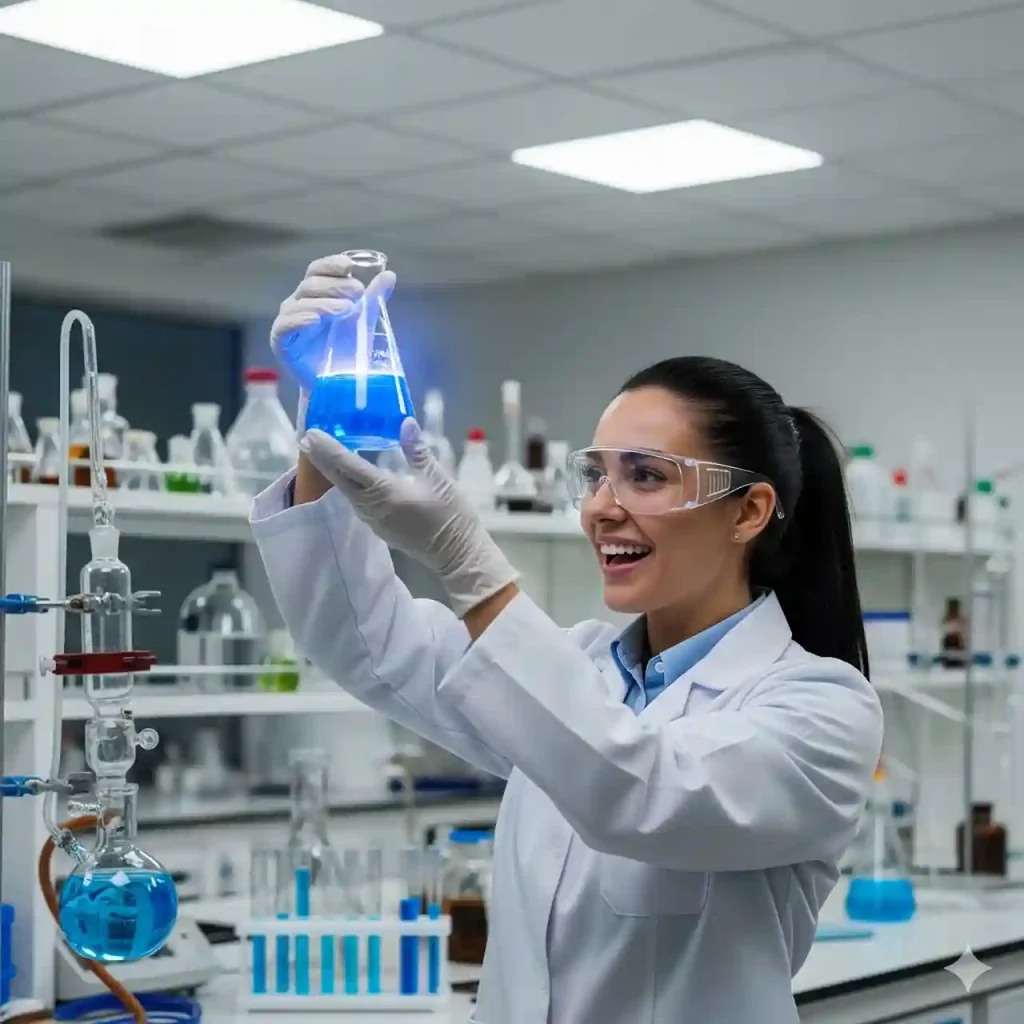
Inspection and Quality Safety
The quality ensures overall quality, while intermediates are the core of the drug production. When testing each medium product, the manufacturer can ensure pharmaceutical cleanliness, stability and compliance with all required standards.
Strict adherence to cleaning procedures, comprehensive documentation and correct hygienic procedures is important to ensure the safety of all intermediates used in the production of drugs.
Huge potential and market growth
In the sector of the pharmaceutical sector, he witnesses huge growth due to a sharp sharp requirement for health care and continuous innovation in the production of mass drug for generations. India and China become cheap manufacturing nodes for intermediates employing highly qualified experts.
Pharmaceutical societies in developed countries spend a huge amount of research and adapted development. Increased drug financing has opened endless doors for business persons, chemical manufacturers and investors, which in turn creates a very attractive market.
Medium Production Challenges
The pharmaceutical intermediate product has its own challenges, despite positive aspects. The cost of raw material and specialized equipment can be very high. If you do not comply with the regulatory requirements, this may lead to serious fines and delay in production.
The second challenge is to find highly trained experts who are able to safely manage chemical reactions. The industry faces intensive competition that forces companies to innovate constantly to remain competitive. Businesses that first provide quality, safety and efficiency on the market can still be successful on the market.
The future of pharmaceutical intermediates
First, green chemistry will change everything. Companies want to use cleaner and safer ways of producing products. As a result, they reduce pollution and look good while they do it.
In addition, the biotechnode steals attention. Scientists use special bacteria and fermentation to produce ingredients. This method saves resources and helps the planet.
Meanwhile, digital tools are factory. With automation and machine data, they work faster and make fewer mistakes.
Finally, personalized medicine shakes the game. Drug manufacturers now create their own ingredients for each patient. For this reason, treatment is more effective and personal.
Read Our Project Report: Click Here
Tips for the success of medium production
Innovation and reliability are the key to success in the pharmaceutical industry of intermediates. It is important to build strong relationships with raw material suppliers to ensure consistency. Investments in new technologies can increase efficiency and reduce waste.
To meet regulatory requirements, it is important to train employees on GMP protocols and security. Staying with global pharmaceutical trends allows businesses to adapt quickly and remain competitive in this industry that changes rapidly.
Discover the Right Business for You With Our Startup Selector Tool
Conclusion
The pharmaceutical industry is an enriching but complex field. It controls the global pharmaceutical sector. Interference products help ensure that high quality drugs deal with patients faster and more efficiently by distinguishing drug development to phase treatment.
This sector, which flourishes as a result of medical requirements, offers great growth potential for companies that appreciate safety, quality and innovation. Despite challenges, such as high costs and strict regulations, businesses that accept advanced technologies and practice sustainable procedures will be prospering.
The production of pharmaceutical media has great potential for manufacturers and investors.
Production of pharmaceutical media: frequent questions (often asked questions)
What are pharmaceutical intermediates?
Chemical compounds that are created in the production of drugs are known as pharmaceutical intermediates. These are not final products, but serve as building blocks for API.
What is the difference between pharmaceutical intermediates and raw materials?
Intermediate products are chemicals that have been partially processed, but are still raw materials.
Does the production of pharmaceutical media make sense?
This industry is very profitable due to the growing demand for drugs around the world. Specialized intermediates are also very important.
What are the skills needed to start business?
Knowledge of chemistry and compliance is necessary. Quality testing, business planning and knowledge control are also important. It is important to hire experienced techniques and chemists.
What is the sustainability of this sector?
In order to reduce their impact on the environment, companies receive environmental production methods. They use renewable raw materials and principles of green chemistry.

